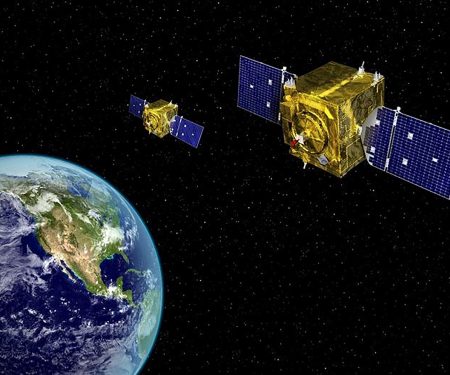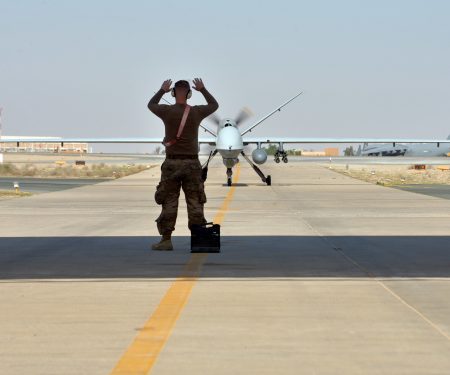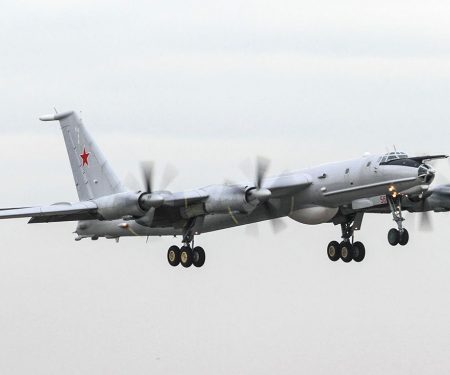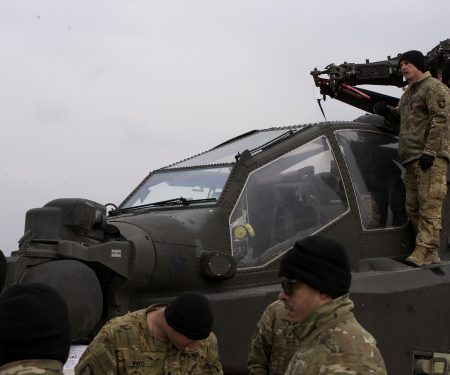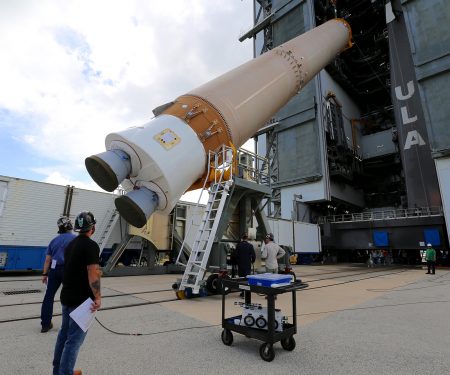Radar Sweep
Hospital Moves Won’t Leave Military Families Without Care, DOD Leader Promises
Under Secretary of the Air Force Matthew Donovan, President Donald Trump’s nominee for the Pentagon’s top personnel job, pledged March 10 that no military families will be left without reliable medical care as part of the consolidation of dozens of Defense Department hospitals in coming years.
F-35 Work Continues in Italy Despite Coronavirus Lockdown
Italy’s nationwide lockdown in response to the new coronavirus has not affected the production of F-35 Joint Strike Fighter parts in northern Italy, prime contractor Lockheed Martin said March 10.
A Contractor Who Tested Positive for the Coronavirus Lied About His Health to Access a U.S. Military Base
A contractor who tested positive for the coronavirus lied about his health and continued working construction at Camp Walker, a U.S. military base in South Korea, while sick.
Pentagon Identifies 2 MARSOC Raiders Killed Hunting ISIS in Iraq
The two service members killed during a mission to eliminate an Islamic State group stronghold in a mountainous region of north-central Iraq have been identified as members of Marine Corps Forces Special Operations Command. Gunnery Sgt. Diego Pongo, 34, of Simi Valley, Calif., and Capt. Moises Navas, 34, of Germantown, Md., died March 8 while on a mission with Iraqi forces in the Makhmur Mountains, south of Erbil.
Edwards AFB Upgrades Point to Unexpected Home for B-21 Raider, Other Secretive Programs
Historic Edwards Air Force Base, Calif., the center of the flight test world, has been going through a series of changes in preparation to receive the B-21 Raider stealth bomber. Now, satellite imagery shows that the area of the base where the B-21 test program was thought to be headed may not actually be its destination. As a result, it would seem that more than just one secretive large aircraft program may kickoff at the base in the not so distant future, or may even be underway there already.
Martin: 'Project Convergence' to Explore Army's Role in JADC2
The Army is planning a demonstration at Yuma Proving Ground, Ariz., in September to test sensor-to-shooter technology using artificial intelligence, according to Vice Chief of Staff Gen. Joe Martin. Martin told reporters about the upcoming event after a demonstration March 6 of the service’s new Extended Range Cannon Artillery prototype system.
More Drones Needed to Fight Two-Front War
The U.S. military needs to beef up its unmanned aerial systems arsenal to be able to fight two wars simultaneously against advanced adversaries China and Russia, analysts say. The National Defense Strategy identifies those two nations as great power competitors and the top threats to U.S. national security. Nevertheless, the document established what is essentially a one-war force sizing construct, experts cautioned in a recent Center for Strategic and Budgetary Assessments report.
Medical Standards Changing for RPA Pilots
The Air Force has approved changes to medical standards for remotely piloted aircraft pilots, which went into effect Feb. 28. After remotely piloted aircraft students graduate from undergraduate pilot training, they will not be required to meet the medical standards designed for aircrew operating at altitude. Instead, these Airmen will meet Ground-Based Operator medical standards, which are less restrictive than a flying class physical, but still have higher requirements than non-flying Airmen.
US Military Scientists Hope to Have Coronavirus Therapeutic by Summer
A new approach would use RNA or DNA to help the body develop antibodies to the rapidly spreading illness.

